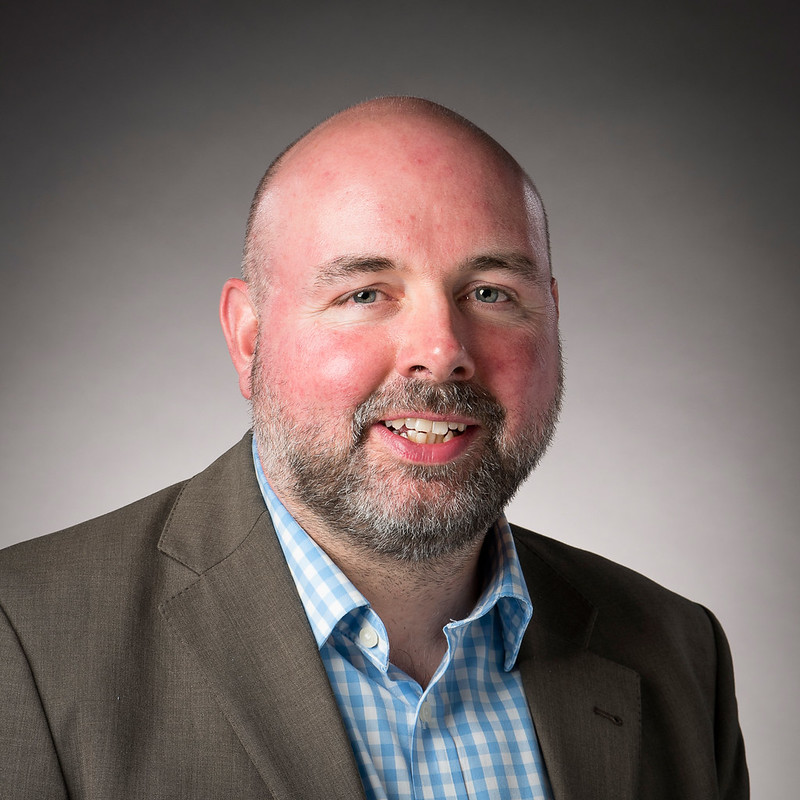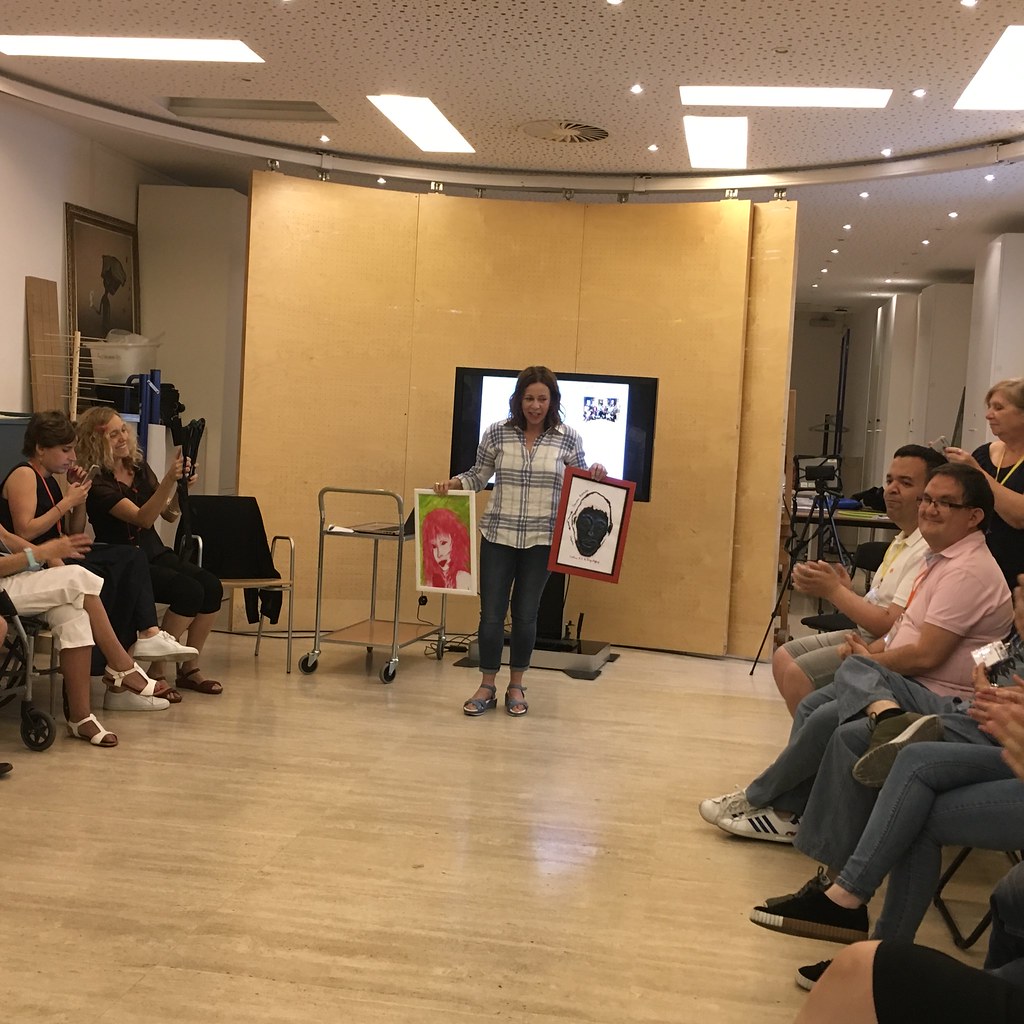Background
Dr Simon Hayhoe was a partner in ARCHES (Accessible Resources for Cultural and Heritage Ecosystems) a European Union funded project that aimed to make European museums more inclusive for adults with access needs, such as sensory impairment and learning difficulties, through the analysis and development of apps, access strategies, and visitor experiences. The project had an emancipatory ethos, and used participatory research methodology.
Engagement Type - Working Together
Public Group - Museum staff, technical partners and disabled people
Engagement Method - Mixed methods: diaries, art, interviews and more
Themes - Accessibility
Project Team
Facts and Figures
The ARCHES project involved two universities, six museums, five technical partners and 200 disabled people. Four participatory groups met over two years and resulted in sixteen on the participants going on to gain awards, training or jobs in the cultural heritage sector.
Overview
The ARCHES project was a large multi-stakeholder project that included six museums, two universities, five technical partners, and two-hundred disabled participants across the UK, Austria, Spain and Serbia. Together we co-designed several solutions to make cultural institutions more accessible, such as tactile reliefs made using 3D modelling techniques, accessible apps and games for smartphones and tablets, and sign-language avatars.
Motivations for Engagement

To me, participatory research is a very personal thing. My father was disabled and so when I got to university, I had a personal motivation to work with people with disabilities. I’ve met lots of people who are doing participatory research because they’ve had an experience of what they are researching. Sometimes academics are described as ‘thought leaders’ and I don’t see myself like that, I think everyone has valuable knowledge to share. Participatory research is about treating the stakeholders as equals.
Engagement Approach
There were four participatory research groups that met over two years. Everything we did was co-created. The researchers themselves became stakeholders on the same level as the other participants, as did the technology companies and the museum professionals. When you acknowledge that you’re a participant as well, then the research becomes what we felt was truly participatory.
The first thing we did was set up our code of ethics and ways of working from the ground up by asking participants how they wanted the project to run.
We developed our technology solutions through an iterative design and implementation process that put real user needs at the heart, through their active involvement in three pilot exercises.
We used anything that the participants wanted to collect as data, which tapped into my interests in grounded theory. We recorded our conversations in meetings, some people wrote diaries, some people drew pictures, we did interviews, and we ran some art-making projects.
Outcomes

We documented the process and the results of the project in several different ways, acknowledging that each stakeholder would affect change in different ways. The researchers wrote papers, the museum professionals developed training for their industry, participants from local disability groups made a video, and some participants recorded their experiences on Facebook.
Our aim was to challenge perceptions of inclusion and exclusion, moving beyond the notion of disability categories and working instead with people’s access preferences. We developed a non-classificatory approach to inclusion, and knowledge was developed that led to a new understanding of sensory impairment and sensorial learning.
I was able to publish a key piece of research through the ARCHES project that demonstrated how concepts such as colour and perspective can be perceived by those who are blind.
The project also helped build confidence, improve access and enhance learning for disabled people in museums. Sixteen of the participants in the project went to gain awards, training or jobs in the field of cultural heritage.